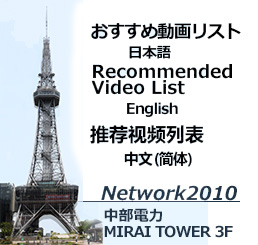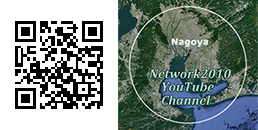Nagoya Port 2017
- INDEX
- ❶Nagoya Port 2017
- ❷Nagoya Port Garden Pier
- ❸Hisaya Odori Park Video Map
- ❹Historical Heritage of Eastern Nagoya City
Until 1907, when the Port of Nagoya was completed by reclaiming land off the coast of Atsuta, Atsuta was located at the southern end of the Nagoya plateau, which is shaped like elephant nose. At the northern end of the plateau, Nagoya Castle was built in the early Edo period(1603-1867).In ancient times,Atsuta was called Hourai (the place where hermit lives) Island because it looked like an island where hermit lived when seen from a ship offshore.Nagoya Castle was also called Housa Castle (the castle to the left of Hourai Island) because of its location to the left of Atsuta.The shallow waters off the coast of Atsuta did not allow large ships to enter the port.On the beach of Atsuta, there was Miya-juku, the largest post station on the Tokaido Highway, and it was crowded with travelers.Travelers traveled by ferryboat, known as the Shichiri no Watashi, to Kuwana post station on various routes at high and low tides.
In the Meiji era (1868-1912), the port of Atsuta was established, but as usual, large ships could not enter the port. Cargo was carried in and out from Yokkaichi Port, which faced the open sea of Ise Bay, to the coast of Atsuta, where it was reloaded onto small boats and brought to Atsuta Port.In the middle of the Meiji era (1868-1912), the momentum for the construction of a new port grew.Dredging technology had developed by the middle of the Meiji era (1868-1912), and it was decided to extend the Horikawa River, and construction work began in 1898.Nagoya Port was opened in 1907.The first phase of construction of the Nagoya Port was completed in 1910.With the opening of the port, up to ten 3,000-ton class ships could berth at the port, allowing goods from Japan and abroad to arrive directly in Nagoya. After the completion of the first phase of construction, the second phase of construction was started to allow 6000-ton class ships to continue to enter the port.In 1921, Nagoya Port's foreign trade exceeded that of Yokkaichi Port.In 1925, the first 10,000-ton class steamer arrived at the port.At the beginning of the Showa era (1926-1989), the piers were renovated to accommodate 38 ships, including 10,000-ton steamers, and construction of the Showa, Funami, and Shiomi piers was underway.Although the southern area of Nagoya city was severely damaged by the Isewan Typhoon, the construction of the pier continued.Construction has also begun on the Kaneshiro Pier, Kiba-Kaneoka Pier, Tobishima Pier, and the Pier in the "southern area" where key industries are concentrated.At the end of the Showa era (1926-1989), the construction of the Yatomi and Nabeta piers began and was completed in the Heisei era (1989-1991).Port Island is an artificial island that was built to receive sediment from the dredging of Nagoya Port.Currently, the future use of this island is being discussed.
Nagoya Port Authority In charge of planning Section Head Koide
The environment surrounding Nagoya Port has been changing rapidly in recent years.The number of ships entering the port is getting larger, and the volume of cargo handled is increasing every year.How we respond to such changes in the environment is becoming more and more important.There are three main types of cargo handled at Nagoya Port.These are containerized cargo, completed cars , and bulk cargo.It is necessary to handle them in a functional manner at each pier.In particular, container cargo is being handled mainly at Tobishima Pier and Nabeta Pier, which are located offshore, as ships are getting larger and larger.Completed cars are shipped from the Kinjo pier and Shinpo pier.There are bases for importing raw materials and energy in Chita City and Tokai City, located in the southern part of Nagoya Port, so we handle a lot of bulk cargo there.For example, container terminals have been managed by public organizations such as the national government and management associations, but recently they have begun to utilize private sector power.Initiatives to promote adopting IT , such as automated terminals, are run by the private sector.Nagoya Port Terminal Co.Ltd. has been established at the Port of Nagoya, and it is now taking the initiative in the management and operation of container terminals.
In September 2015, the port plan was revised. This plan is a master plan for port development targeted for the late 2020s. The goal is to increase container and logistics capabilities. On the other hand, there is a plan to build a pier at the Kinjo pier where large cruise ships can dock.We are also aiming to strengthen the exchange function of Kinjo Pier.
Nagoya Port Terminal Co.Ltd. General affairs Section Head Kuno
Public terminals, which have been managed by public administrators, can now be operated by joint stock companies.Our company is engaged in the integrated management and operation of the Nagoya Port piers.Our company merged with Nagoya Container Wharf Co.Ltd. in April 2016.We manage and operate both public and private terminals in an integrated manner to improve efficiency and provide low-cost, high-quality services to our customers.In addition, an integrated management and operation system has been established for the container terminal located on the east side of Tobishima Pier. We are now able to respond more quickly to customer requests.
Nagoya Port Terminal Co.Ltd. Pier management section chief Yoshino
Ferry between Nagoya, Sendai and Tomakomai arrives at the ferry terminal in Nagoya Port every two days.As for the number of passengers, last year it was about 80,000. Legoland Japan is scheduled to open in April 2018, and we expect an increase in passenger traffic.
Nagoya Port Authority Kinjo,Nakagawa,South 5 Section chief Jo
In October 2018, in cooperation with Nagoya City, we plan to launch a trial watercraft service connecting Sasashima Live to Kinjo Pier via the Garden Pier.The first step is to conduct a monitoring survey through a trial run, and in the near future, the project aims to be operated by the private sector.We are also working on a vision for the future for the redevelopment of the Garden Pier.
Photo
-
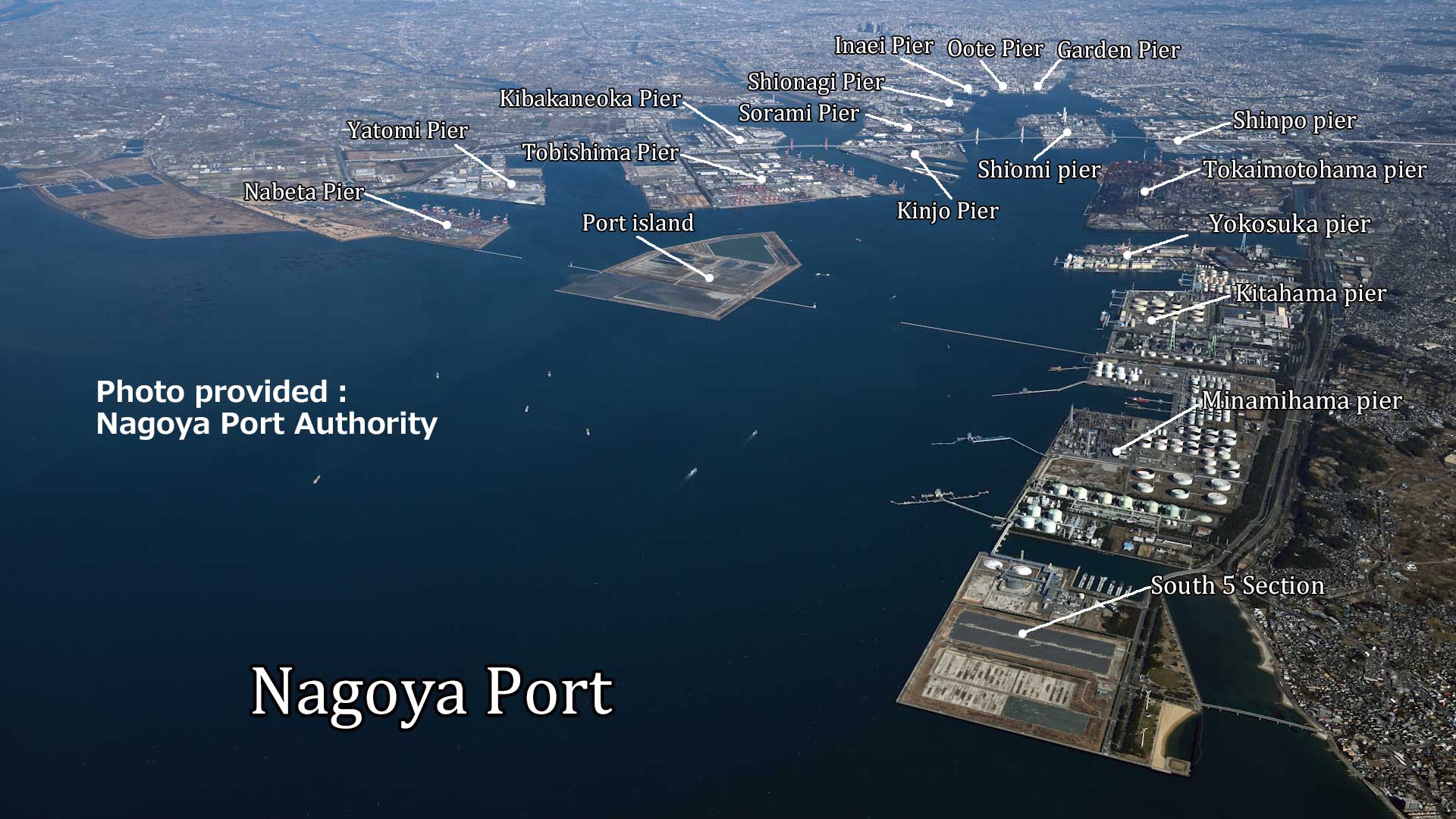
Nagoya Port
-
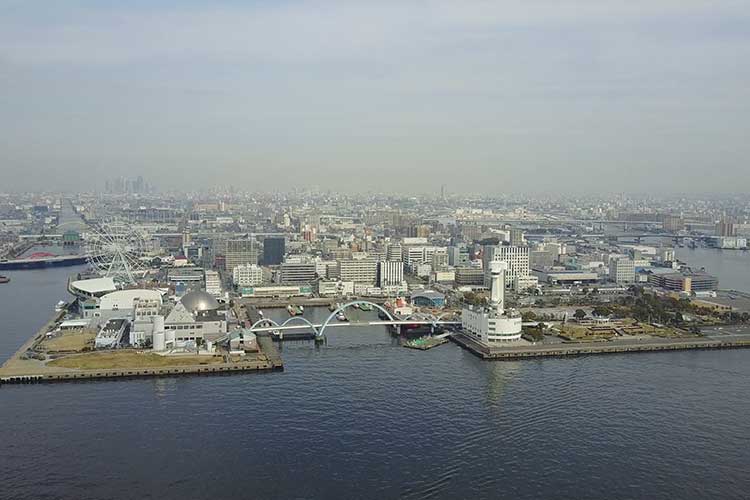
Garden Pier
-

Garden Pier
-
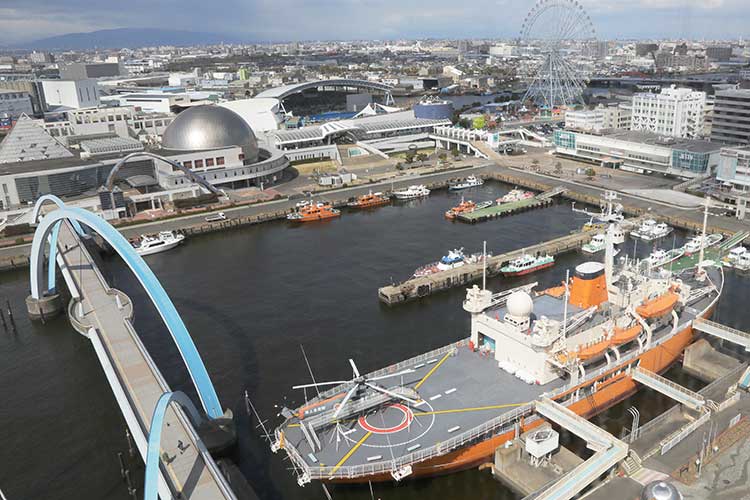
Garden Pier
-

Port of Nagoya Public Aquarium
-

West end of Garden Pier
-
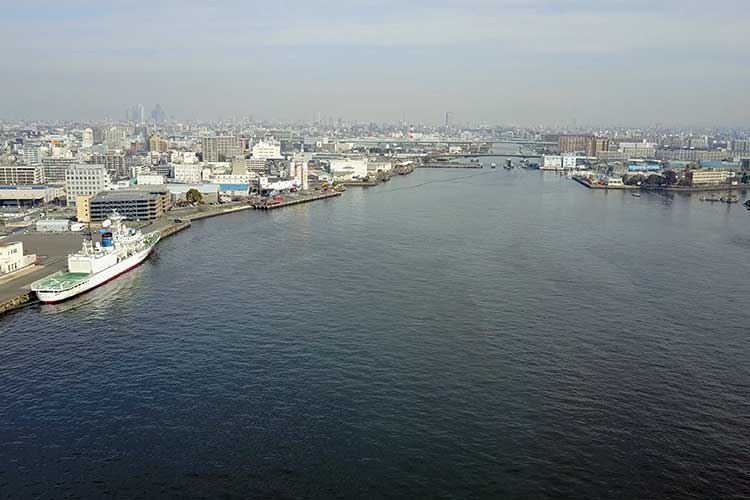
Horikawa river mouth
-
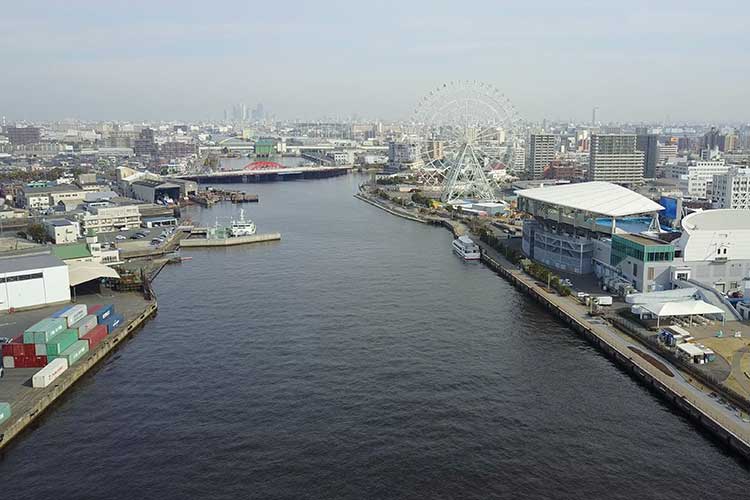
akagawa Canal estuary
-
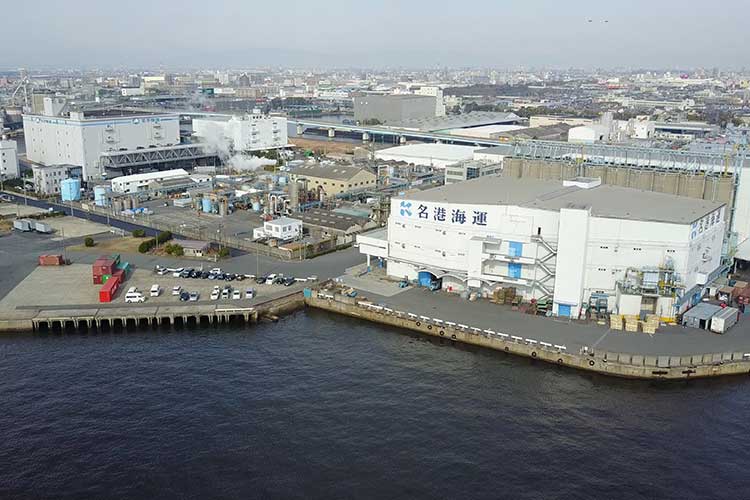
Oote Pier
-
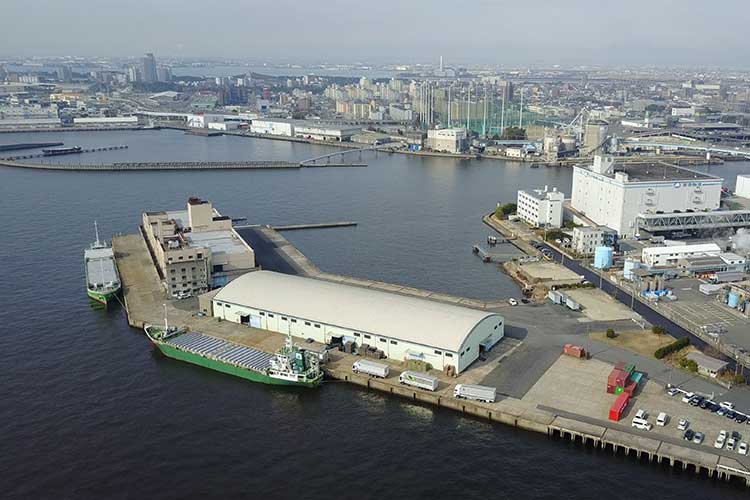
Oote Pier & Inaei Pier
-
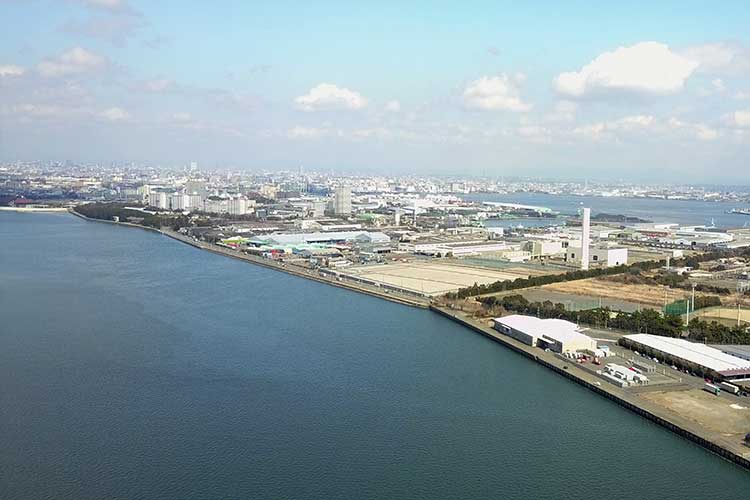
Inaei Pier & Sorami Pier
-
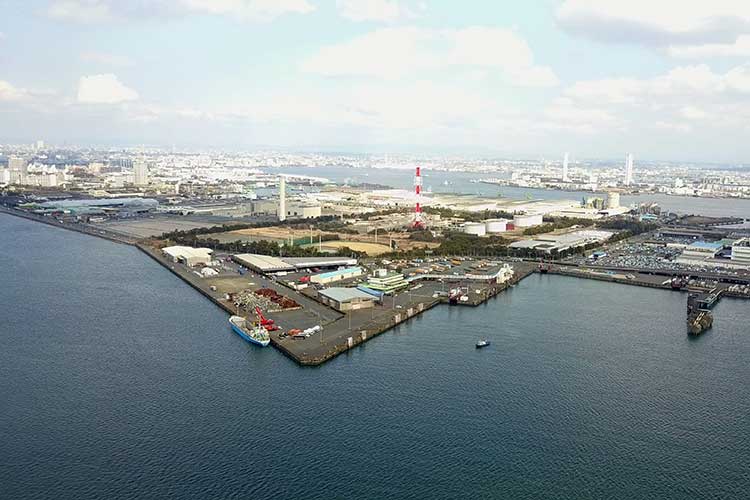
Ferry terminal
-

Kinjo Pier
-

South end of Kinjo Pier
-
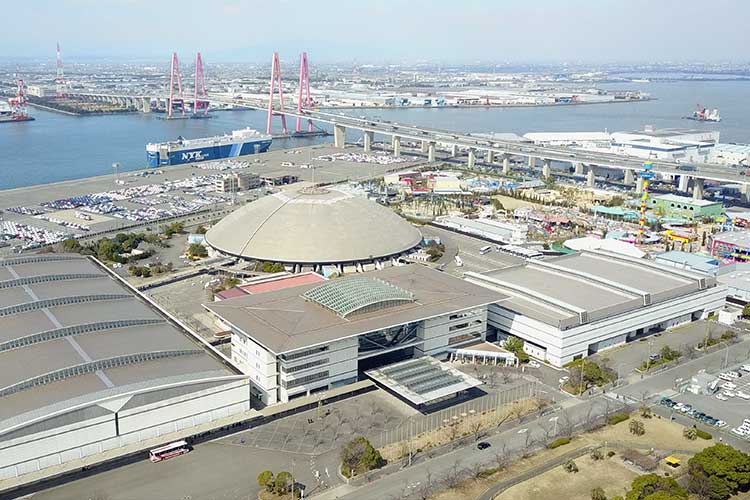
Port Messe Nagoya & Legoland Japan
-
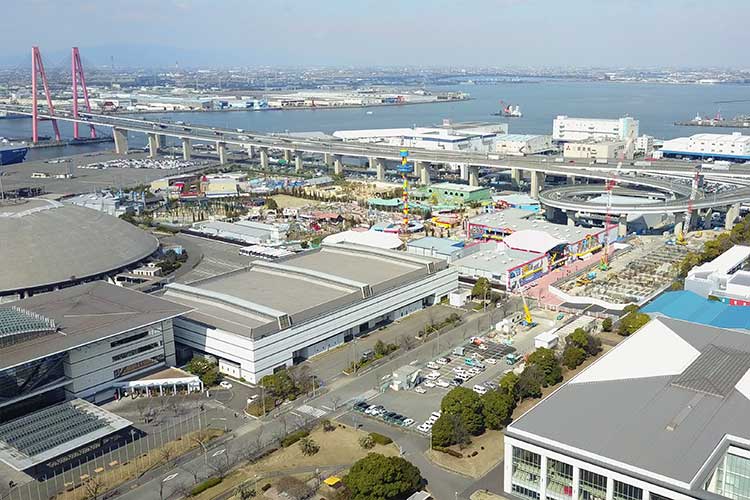
Portmesse Nagoya & Legoland Japan
-
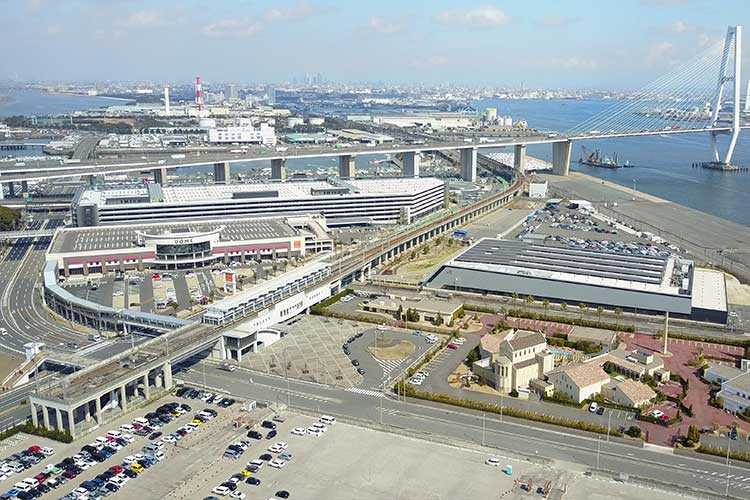
SCMAGLEV and Railway Park
-
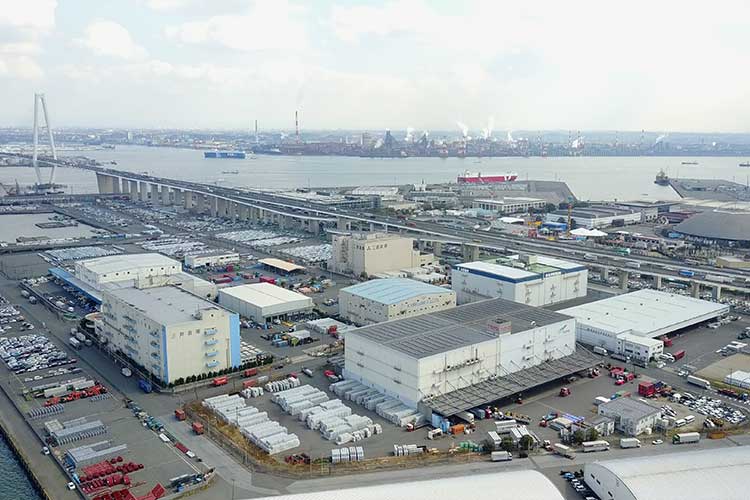
Isewangan Expressway
-
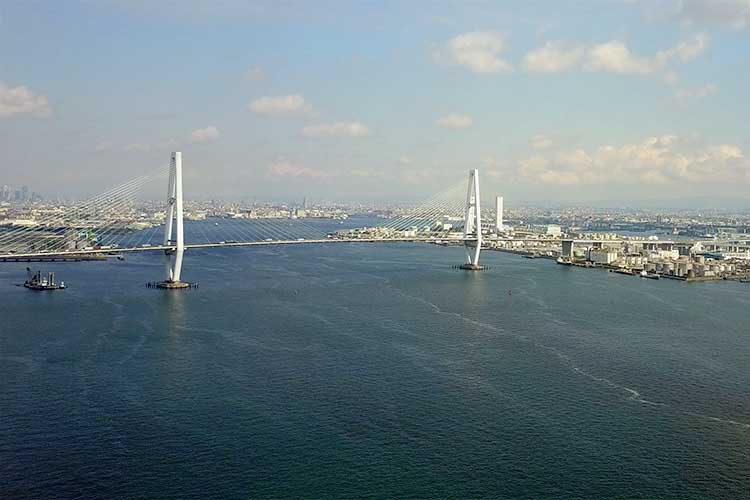
Meiko Chuo Ohashi bridge
-
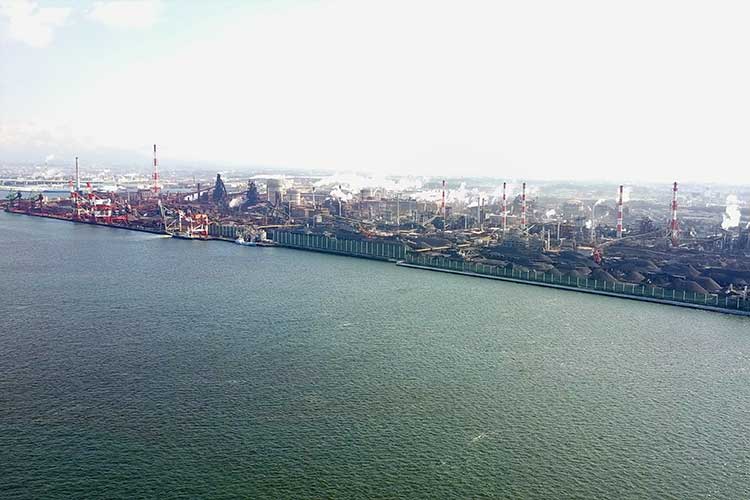
Tokaimotohama Pier
-
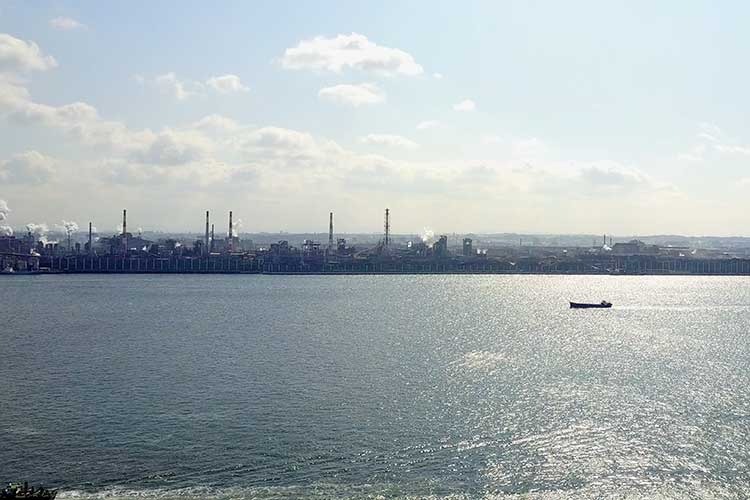
Tokaimotohama Pier
-

Chita City area
-
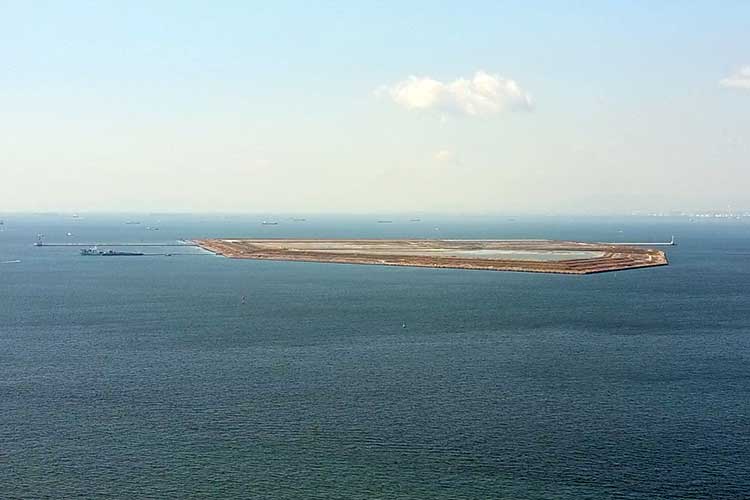
Port island 24 Kinjo & Tobishima Pier
-
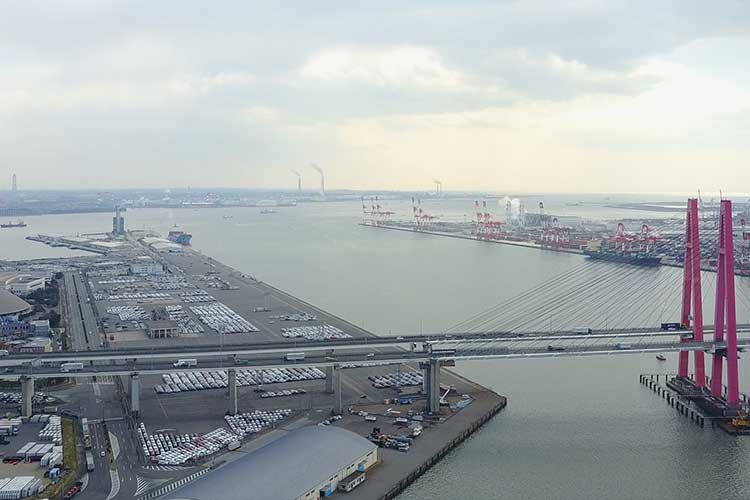
金城ふ頭と飛島ふ頭
-
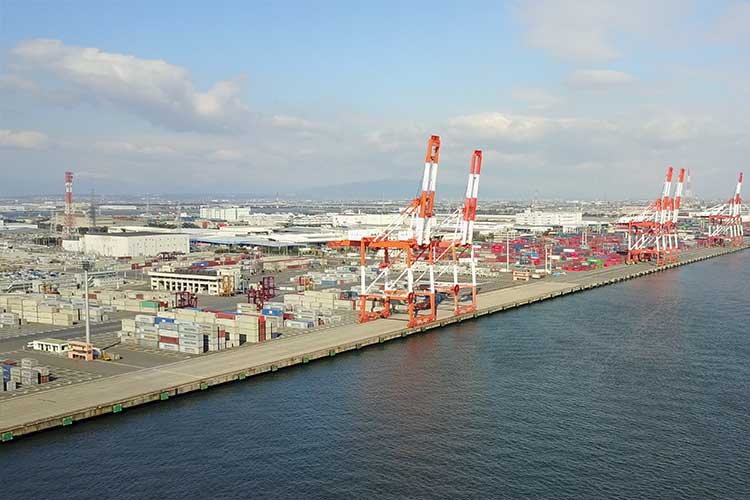
East side of Tobishima Pier
-

East side of Tobishima Pier
-
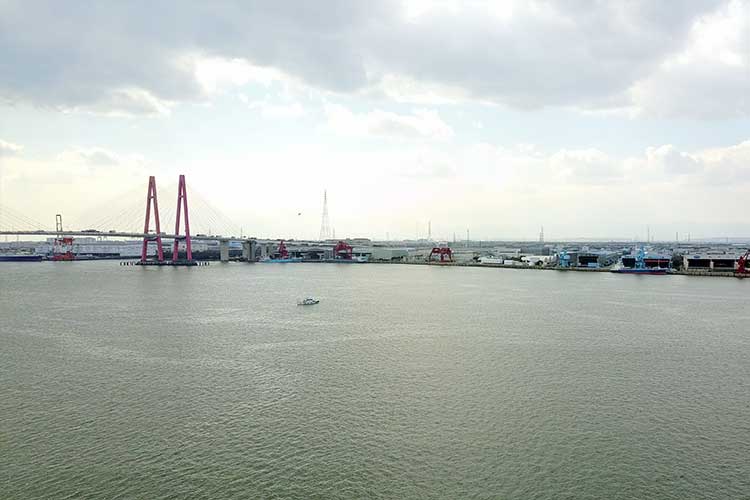
Kibakonaoka Pier
-
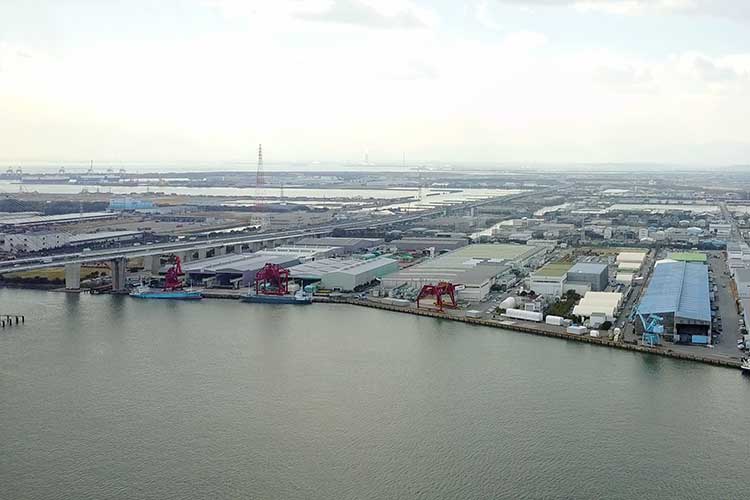
Kibakonaoka Pier

